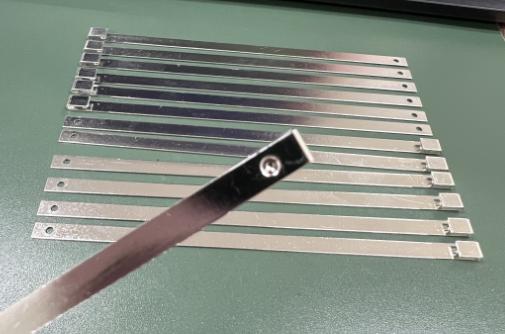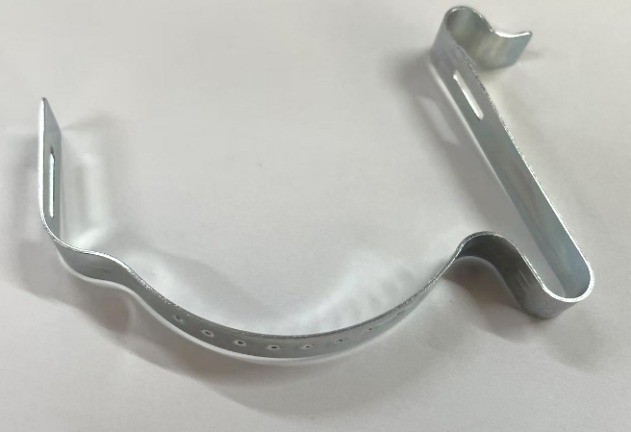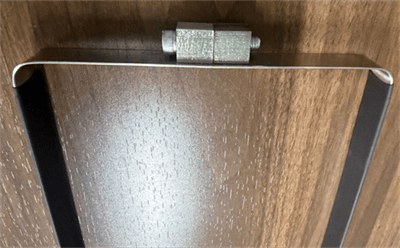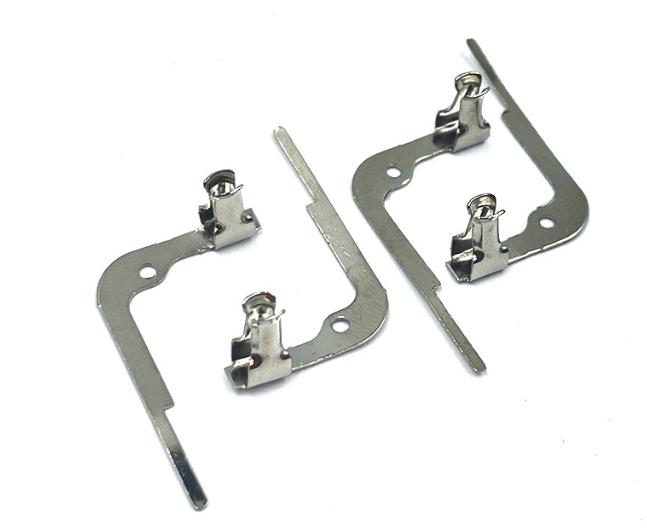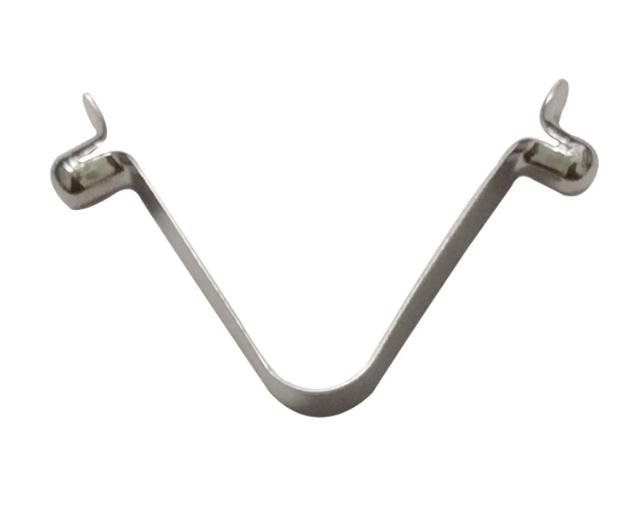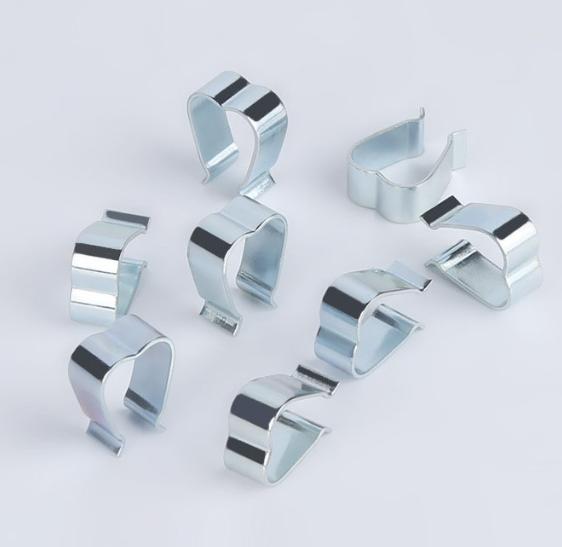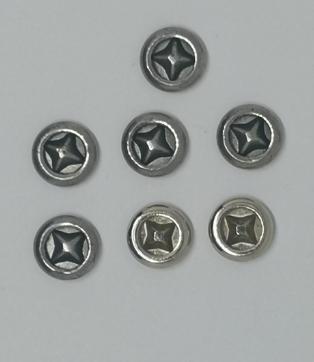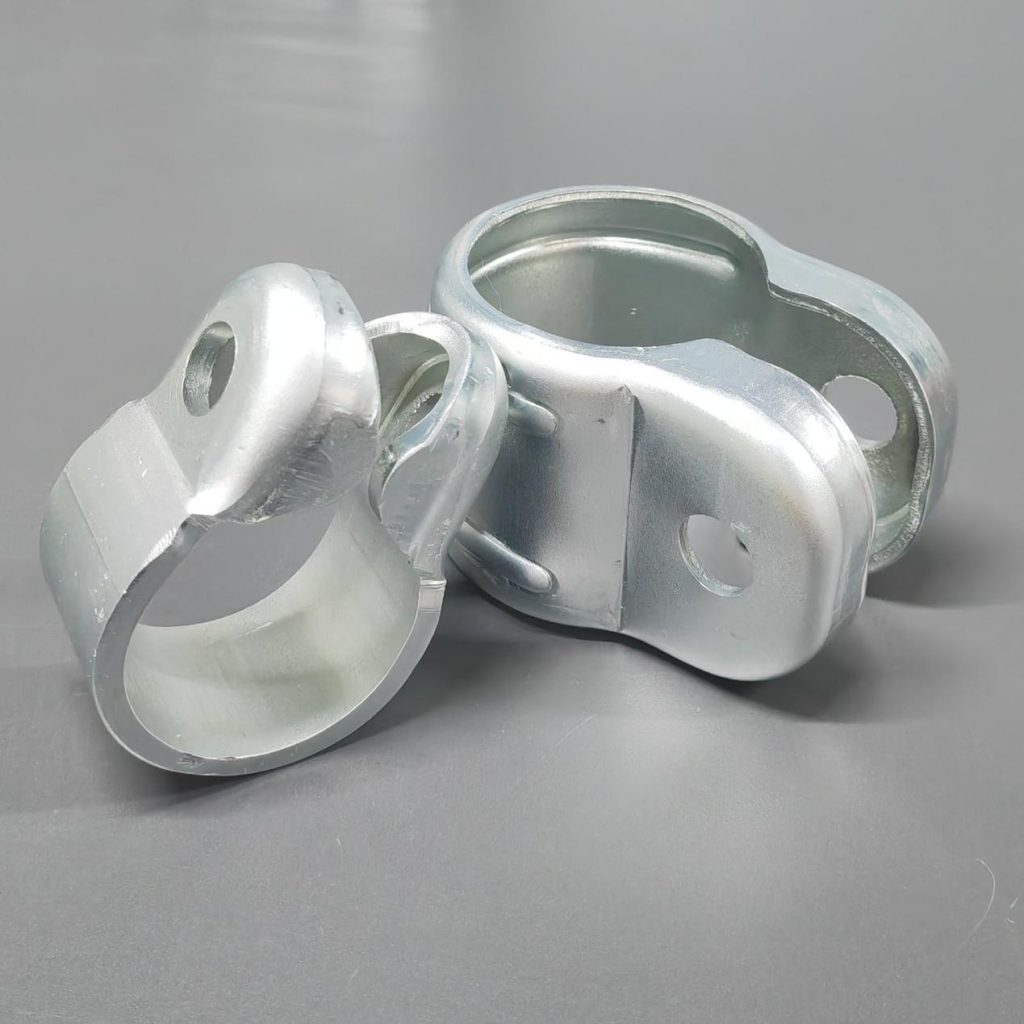Understanding Tooling Solutions for CNC Lathes: Why They are Important and What are Common Types
The key to maximizing the full potential of CNC lathes is to choose the proper tooling solutions. These tools not only form the final product, but also have an impact on elements such as efficiency, quality, and production costs. In this article, we’ll delve into the world of tooling solutions for CNC lathes, exploring the various types, their applications, and the role they play in the manufacturing process.
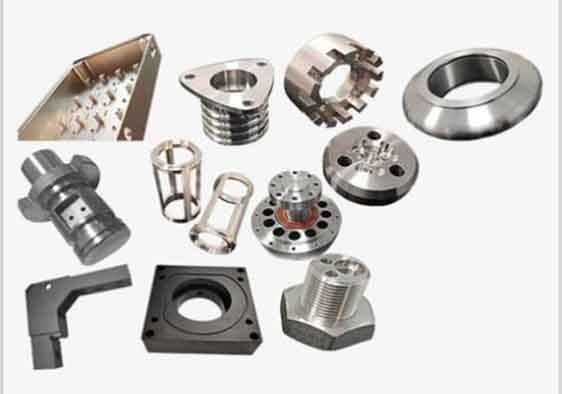
The Importance of Tooling Solutions for CNC Lathes
Tooling solutions for CNC lathes are at the heart of the machining process. They are responsible for shaping, cutting, and forming raw materials into the desired parts. The selection of appropriate tooling solutions directly impacts:
Precision
The choice of tools, their quality, and setup determine the precision of the finished parts. Accurate tooling solutions are crucial for meeting tight tolerances and quality standards.
Efficiency
CNC Tools that are well-designed increase efficiency by reducing cycle times, minimizing tool changes, and optimizing cutting speeds and feeds. This leads to higher productivity and lower manufacturing costs.
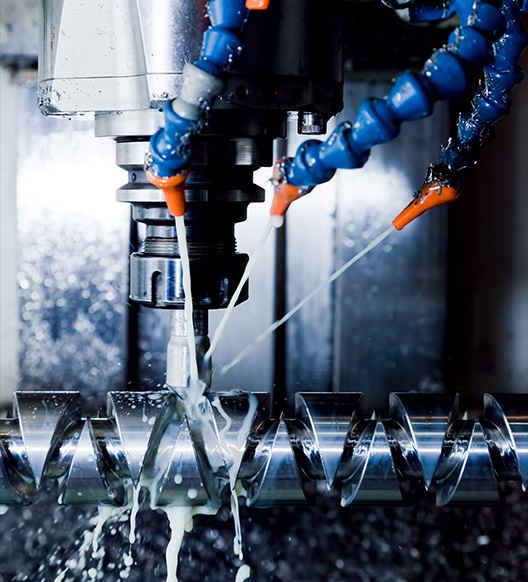
Tool Life
Proper tool selection and maintenance can extend tool life, reducing the frequency and cost of tool replacements.
Versatility
Different tooling solutions are suited for various materials and machining operations. Versatile tooling solutions can adapt to different manufacturing needs, offering flexibility on the shop floor.
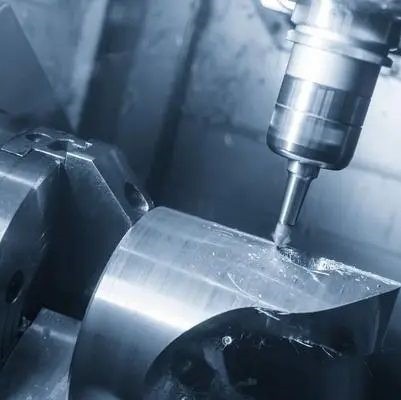
Commonly Used Types of Tooling Solutions for CNC Lathes
CNC lathe tooling solutions include a diverse selection of cutting tools and accessories designed to conduct certain machining operations on a workpiece. These tools are used to shape, cut, and form raw materials into final products.
1. Turning Tools
Turning Inserts: These are replaceable cutting tips that come in various shapes and materials. They are used for facing, external turning, and internal boring operations.
Boring Bars: Boring bars are used for enlarging existing holes or creating precise internal diameters.
2. Milling Tools
End Mills: These tools are used for cutting flat surfaces, slots, and pockets. They are available in various configurations, including square end, ball end, and corner radius end mills.
Face Mills: Face mills are ideal for facing large workpiece surfaces and are typically equipped with multiple inserts for efficient material removal.
3. Drilling Tools
Twist Drills: Twist drills are commonly used for producing holes and come in a variety of sizes and geometries to suit various drilling applications.
Center Drills: Center drills are crucial for drilling starting holes and identifying the center of a workpiece correctly.
Indexable Drills: These are designed for larger diameter holes and have replaceable drill inserts for longer tool life.
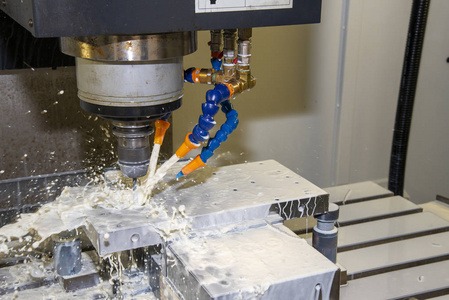
4. Threading Tools
Taps: Taps are used for creating internal threads in workpieces. They come in various thread sizes and profiles.
Thread Mills: Thread mills are used to cut internal and external threads. They are versatile and can produce different thread sizes with the same tool.
5. Parting and Grooving Tools
Parting Tools: Parting tools are designed for cutting off workpieces or creating grooves. They provide precise width and depth control.
Grooving Tools: Grooving tools are used for making grooves or recesses on workpieces, often in applications like O-ring grooves or circlip grooves.
6. Knurling Tools
Knurling tools are used for adding textured patterns to the surface of workpieces for improved grip or aesthetics.
7. Form Tools
Form tools are custom-designed cutting tools that are used to shape, contour, or profile workpieces.
8. Insert Toolholders
Tool holders are the parts that hold cutting inserts on the tool body. They are available in a variety of forms, such as turning tool holders, milling tool holders, and drilling tool holders.
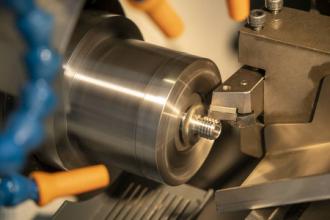
Applications of Tooling Solutions for CNC Lathes
Aerospace Industry: Precision components for aircraft, such as turbine blades, landing gear parts, and structural elements, are manufactured on CNC lathes with customized tooling solutions.
Automotive Industry: CNC lathes with turning and milling tools are used to manufacture engine components, transmission parts, and chassis elements, ensuring vehicle accuracy and durability.
Medical Device Manufacturing: Tooling solutions are critical in the production of medical implants, surgical tools, and orthopedic devices, where precision and quality are critical.
General Manufacturing: CNC lathes with a variety of tooling solutions are utilized for general manufacturing purposes, including the production of consumer goods, electronics, and industrial equipment.
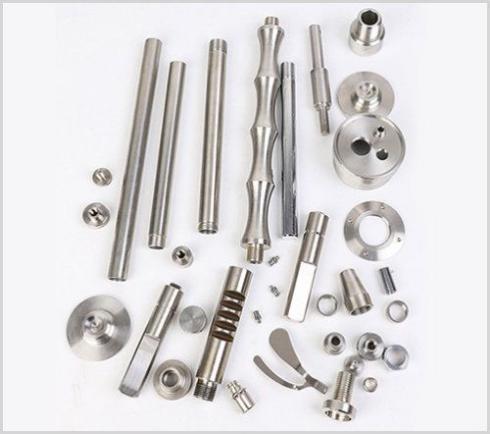
Conclusion
Tooling solutions for CNC lathes are the backbone of modern CNC machining, contributing to quality, efficiency, and innovation in a variety of industries. With the correct tool, a CNC lathe can be transformed into a versatile and productive asset capable of producing complicated parts with minimal waste and downtime. The world of tooling solutions is expanding as technology advances, with improvements in tool materials, geometries, and coatings promising even higher capabilities and cost-effectiveness in CNC lathe operations. Manufacturers should stay up to date on these advances and constantly assess their tooling options to guarantee they are optimizing their CNC lathe capabilities and being competitive in the global industrial scene.

